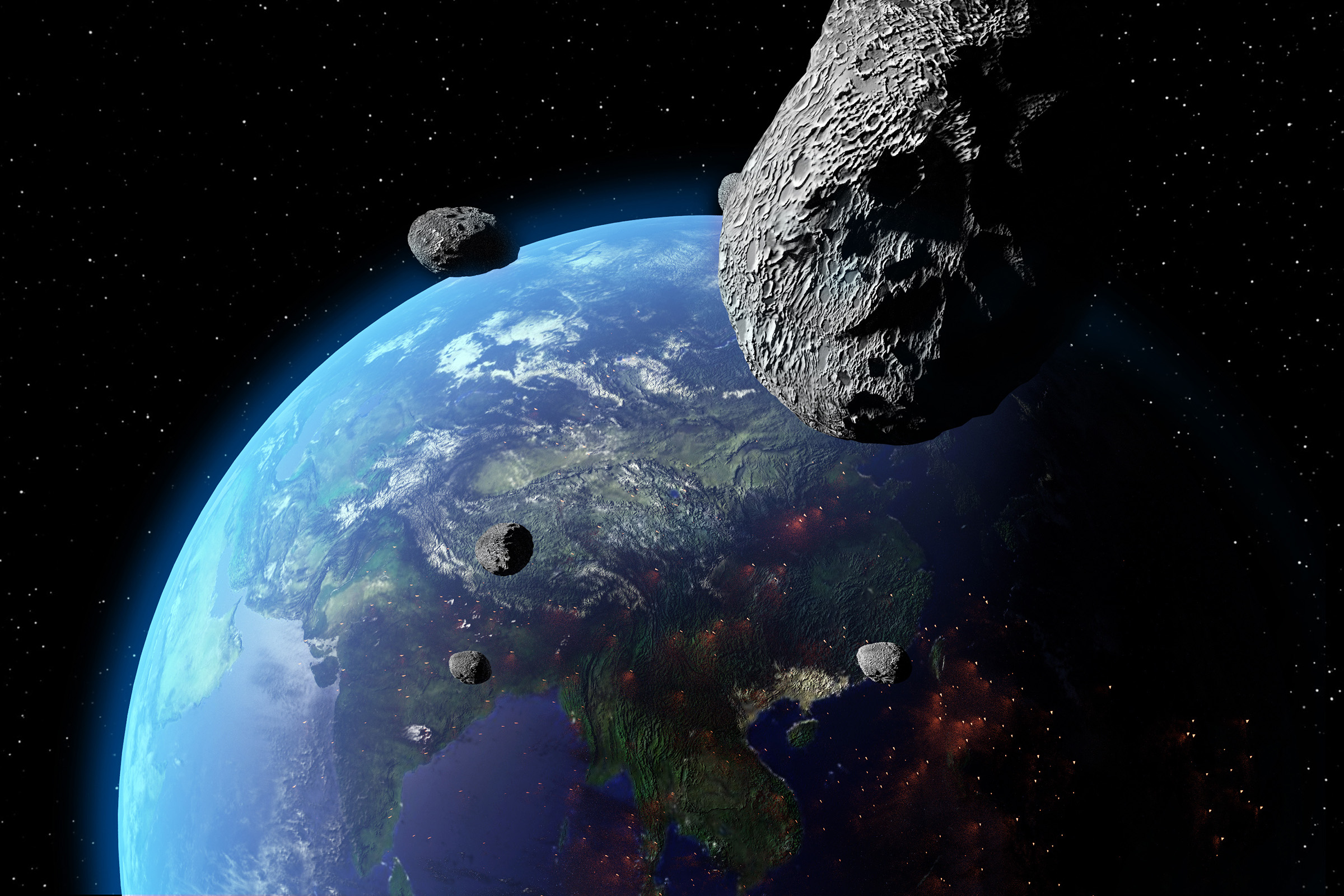Earlier this year, astronomers discovered a quasi-moon, or “fake moon,” orbiting Earth. However, after taking a closer look, it turns out the moon — which is actually just an asteroid named 2023 FW13 — is not orbiting the Earth at all. It’s actually orbiting the sun. However, its orbit track has kept it close to our planet since 100 BC.
2023 FW13 is only 10-15 meters across, roughly the size of a five-story building, but it has caused quite a bit of a stir among skywatchers due to its intriguing orbit track and the fact that it’s estimated to stick close to Earth for the next 1500 years.
This isn’t the first time astronomers have spotted a possible quasi-moon near our planet, either. In fact, there have been a few encounters in the past where astronomers believed they had found a second moon orbiting our planet. However, Earth’s fake moon, as many have begun to call 2023 FW13, is the longest-standing of any of those quasi-moons we’ve discovered thus far.

Despite not being gravitationally bound to our planet, Earth’s quasi-moon sticks really close to the planet, and some believe it could even be useful for kicking off deep space missions in the future. That’s because its relative closeness to Earth and its lower gravity would allow for spacecraft to easily leave it behind, thrusting out into the dark unknown of space.
If nothing else, Earth’s fake moon would make an excellent practice ground for deep space missions, as it would only take astronauts a few months to reach the asteroid from our planetary home. From there, the possibilities are open to whatever the folks at NASA or any other space agency might come up with.
The search for a second Earth-based moon has been ongoing for decades, no doubt driven in part by the continued discovery of new moons orbiting Saturn and Jupiter. While our little planet will never have the same level of moons as either of those solar system icons, finding a quasi-moon would at least help make our planet feel even a little more special than it already is.








